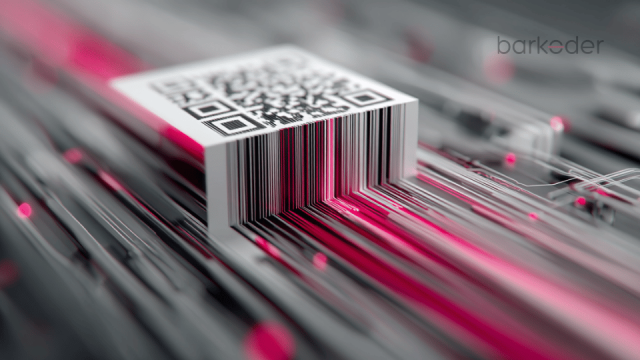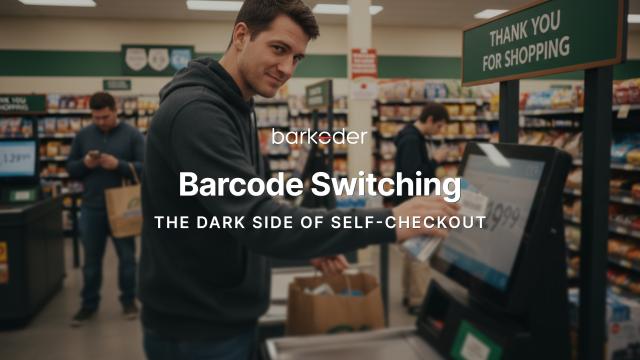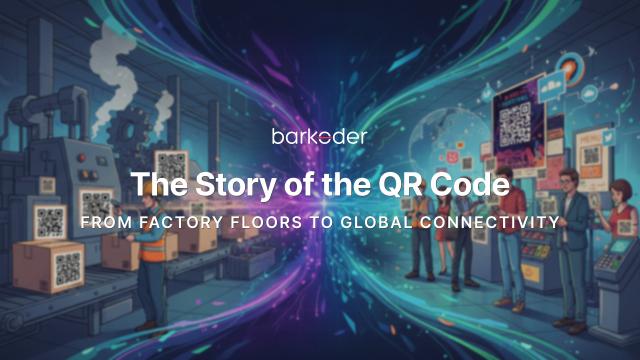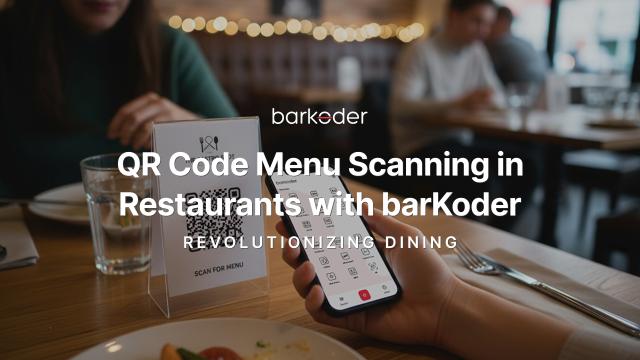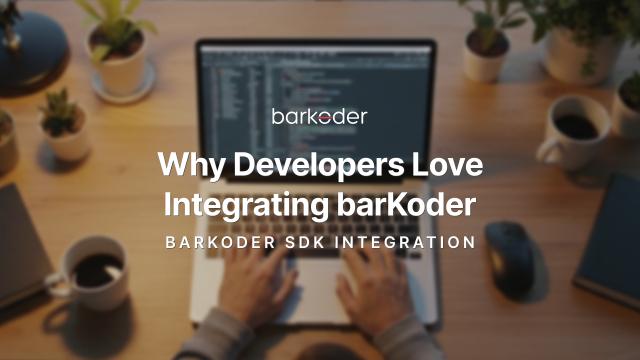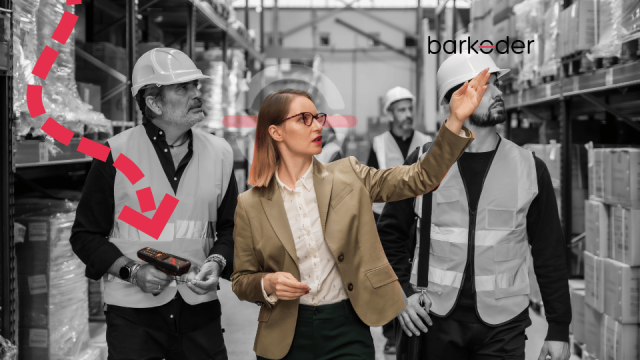
Why Old Warehouse Scanners Cost More Than You Think in 2026
Through cost analysis across multiple warehouses, we found that legacy scanners create major inefficiencies. This study explains why barKoder’s mobile scanning platform is now the most efficient and financially sound choice for 2026 operations.
